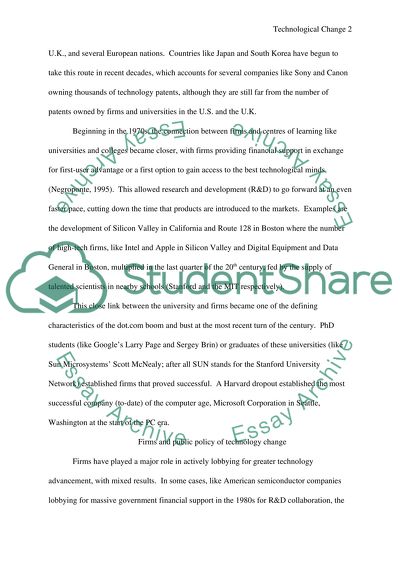Cite this document
(“Information Technological Change and Innovation Essay”, n.d.)
Information Technological Change and Innovation Essay. Retrieved from https://studentshare.org/technology/1530892-information-technological-change-and-innovation
Information Technological Change and Innovation Essay. Retrieved from https://studentshare.org/technology/1530892-information-technological-change-and-innovation
(Information Technological Change and Innovation Essay)
Information Technological Change and Innovation Essay. https://studentshare.org/technology/1530892-information-technological-change-and-innovation.
Information Technological Change and Innovation Essay. https://studentshare.org/technology/1530892-information-technological-change-and-innovation.
“Information Technological Change and Innovation Essay”, n.d. https://studentshare.org/technology/1530892-information-technological-change-and-innovation.


